May 14, 2025 | 15:08 GMT +7
May 14, 2025 | 15:08 GMT +7
Hotline: 0913.378.918
May 14, 2025 | 15:08 GMT +7
Hotline: 0913.378.918
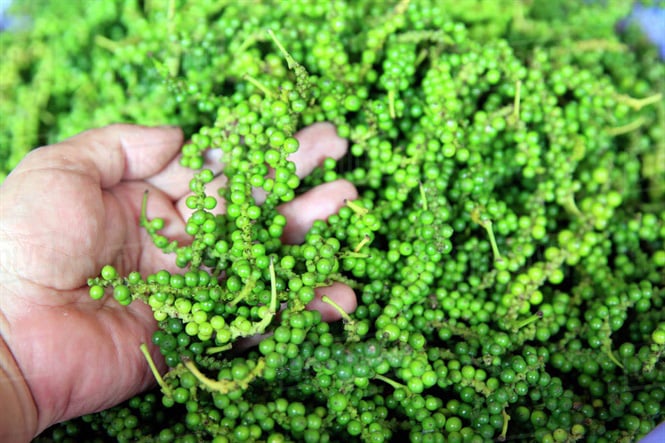
The US is Vietnam’s largest importer of pepper.
According to the General Department of Vietnam Customs, in December 2020, Vietnam exported 20,742 tons of pepper, equivalent to US$ 57.4 million.
In 2020, Vietnam exports 285,292 tons of pepper, worth US$ 660.57 million, up 0.4% in volume but down 7.5% in turnover. The fact that global supply still exceeds demand together with pressures from the Covid-19 pandemic has caused the price of Vietnam's pepper exports in the past year to continue to decline 7.8% compared to the average export pepper price in 2019.
The US still remains the largest consumer of all kinds Vietnamese pepper. In 2020, exports of pepper to the US reached 55,765 tons, equivalent to US$ 660.57 million, accounting for 20% of the total volume and accounting for 21.6% of the country's total pepper export turnover, up 8.2% in volume and 1.1% higher than in 2019.
Vietnamese pepper is also having the largest market share in the US. Information from the International Trade Center (ITC) shows that, in the first 9 months of 2020, pepper imports into the US reached 64.7 thousand tons, worth US$ 183.4 million, of which 42.4 thousand tons was from Vietnam, worth US$ 115.5 million. Vietnam's pepper accounts for 65.6% of the total pepper imports to the US in the first nine months of 2020.
The second largest importer of Vietnamese pepper was the EU. Export of Vietnamese pepper to the EU accounted for 12.5% of the total volume and 15.2% of the total turnover, reaching 35,641 tons, equivalent to US$ 100.51 million, up 4.4% in volume, down 2 % in turnover compared to 2019.
The third largest market for Vietnamese pepper was Southeast Asia. Exports to Southeast Asia in the past year decreased by 3.7% in volume and 6.6% in turnover compared to 2019, reaching 18,998 tons, equivalent to US$ 46.41 million.
For many years, Vietnam has been the world’s largest pepper producer and exporter. According to estimates by the Vietnam Pepper Association (VPA), Vietnam's pepper output in the 2019/2020 crop was about 240 thousand tons.
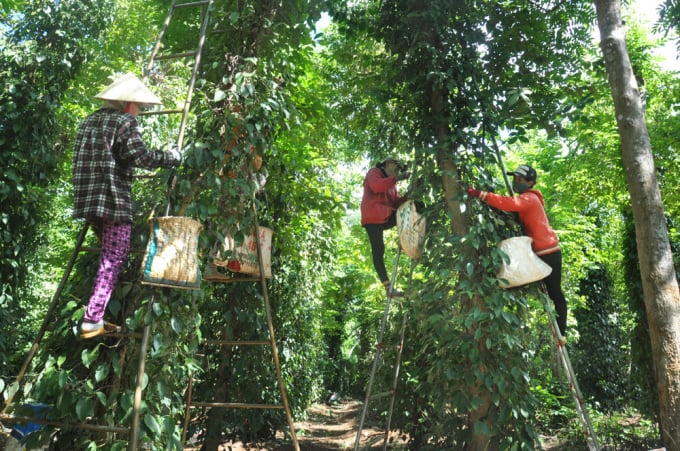
Vietnam's pepper area is declining sharply.
Persistently low pepper prices have frustrated farmers or made them unable to afford pepper gardens. Besides, many pepper gardens have been converted to other crops because the trees were too old or died of disease. Therefore, VPA believes that in crop year 2020/2021, Vietnam's pepper output may decrease sharply, about 25-30% compared to the previous crop year.
Although the area and output of Vietnamese pepper has decreased sharply, it is difficult for pepper prices in 2021 to soar again because global supply is still exceeding demand as countries such as Brazil, Cambodia ... have increased their acreage in recent years.
Translated by Minh Huong
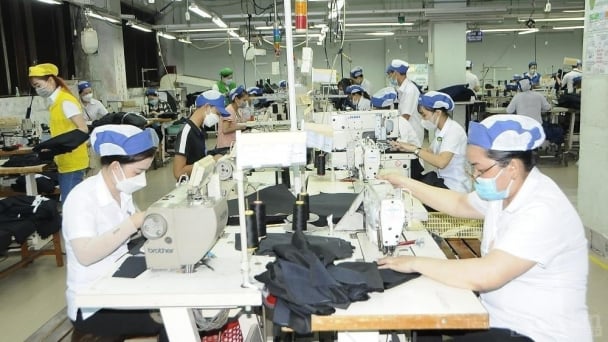
(VAN) U.S. tariffs are not only a 'shock', but also an opportunity for Vietnamese businesses to renew their mindset toward comprehensive development.

(VAN) As Bac Giang lychee enters the harvest season, Minister Do Duc Duy expects that the fruit will contribute greatly to agricultural exports due to standardized production and deep processing.
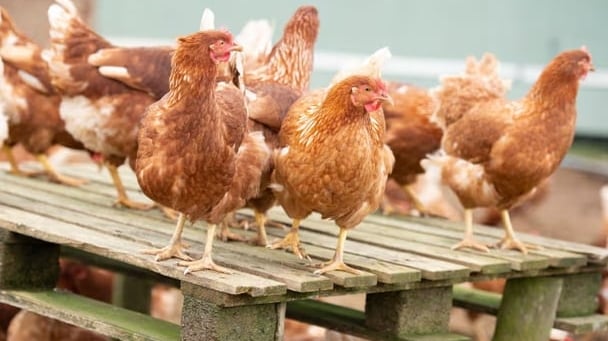
(VAN) Consumers have shown a preference for free-range eggs, but those farming systems are more vulnerable to biosecurity risks like bird flu.
/2025/05/09/5701-1-184335_301.jpg)
(VAN) Vietnam’s eel exports nearly doubled thanks to a mud-free farming model, opening up new prospects while still facing numerous barriers related to international standards.

(VAN) Minister Do Duc Duy warned that if production is not professionalized and supply chains are not transparent, the U.S. market could become a growth bottleneck.

(VAN) Delegating surveillance responsibilities to local authorities is a cost-saving and efficiency-boosting measure that removes a key bottleneck for enterprises, according to Director General Duong Tat Thang.
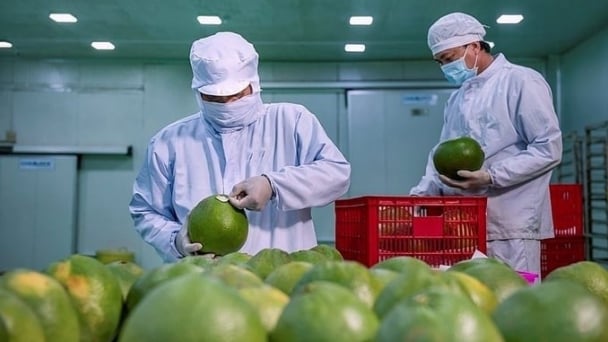
(VAN) Australia's final report on biosecurity has just been released, contributing to expanding the market for Vietnam's fruit with an output of nearly 1 million tons.